Publications for sale by post
The publications below are well-illustrated accounts of local research by staff, volunteers and associates. All proceeds support the Archive. Please contact the Archive to pay by BACS, or please send cheques, payable to “Slaidburn Archive”, to 25, Church St., Slaidburn, Clitheroe, Lancashire, BB7 3ER. Please contact the Archive for postal charges for multiple purchases. Thank-you for your support.
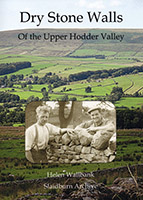
The book is 93 pages with lots of colour photos and maps. It covers the history of walls in our area from early times, through to the enclosure acts and details actual written evidence of walls being built. There is a section on construction using local terms, with a glossary at the back. A large chapter deals with features in walls and another gives other uses of walls, such as sheep folds, grouse butts, wells and bield walls. Habitat is covered along with finds in walls. At the end there is a chapter devoted to local people walling, bringing it up to the present day with training courses and competitions.
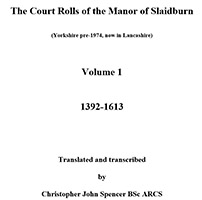
This is a digital copy in PDF format. Download a synopsis of the scope of the book.
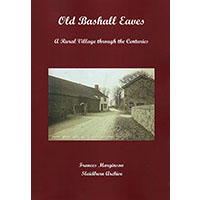
The book is written as a record of the stories which were circulating in Bashall Eaves in the middle of the last century, and contains the information revealed during the search for evidence of places, people and events over many years. The book is well illustrated with maps, old and new photgraphs. The book is A4 in format and contains 85 pages.
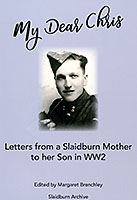
Chris Kenyon served in WW2 and his mother wrote regularly to him. The letters were saved and posted back to her by Chris, who then kept them all his life. They portray life in Slaidburn during wartime along with the everyday lives of other families in the area. The book is A4 in format and contains 130 pages.
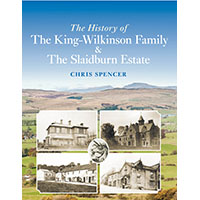
Chris Spencer’s book describes all the purchases of farms and cottages of the Slaidburn Estate in detail and is a valuable resource for anyone researching the Slaidburn area and its former inhabitants. The book contains 400 pages and over 200 illustrations. The original print run of 200 hardback copies is now sold out. This is a digital copy in PDF format. Download a synopsis of the scope of the book.
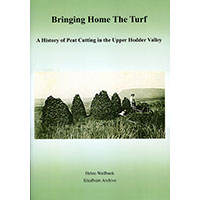
A detailed account of peat cutting in our local area. It includes many first-hand accounts, historical references and maps, along with visits to sites mentioned. It is well illustrated with old and modern photographs, making it a very readable book for anyone interested in old country ways.
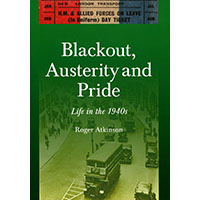
A memoir and social history of the authors childhood including a chapter on his time at the School at Dunnow Hall, Newton. His teenage years saw him serving in the Army of which his experiences are vividly described. The narrative also takes the reader to many other areas of Britain.
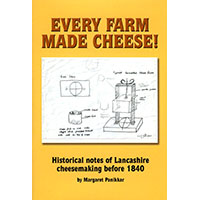
A well illustrated booklet on the history of cheesemaking. Lots of diagrams, and photos of surviving cheese presses and stones.
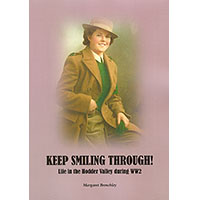
A record of the challenges faced and the sacrifices made by those who enlisted and those who remained behind in the Hodder Valley in WW2. They are brought into focus after too long in the shadows. Farming, rationing, the influx of evacuees and the work of the Auxiliary services are just a few of the stories highlighted.
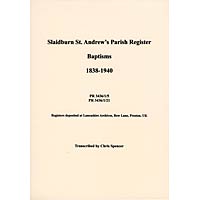
This is a transcription of St Andrew's baptism register of 1838 to 1940 held at Lancashire Archives, Preston (Refs. PR 3436/1/5 and PR 3436/1/21). The register records the date of baptism, the child's christian name, the name of the parent(s) and abode and by whom the ceremony was performed. Two indexes are provided: the parent's surname, and the town/village of abode. Proceeds from the sale will be shared between the Archive and St Andrew's.
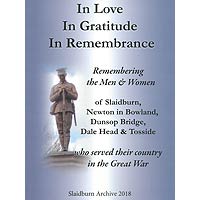
From archival documents, family stories, various wartime records, magazines and newspapers of that time, the book is a detailed account of some of the realities of the war years, from the mundane to the tragic, through letters and photos of the participants sent between home and the trenches. The book is unusual in that the research highlights individual stories of those who served at the Western Front and returned home, named on memorials throughout Craven, alongside The Fallen. The inscription on Slaidburn’s cenotaph inspired the title of the book.
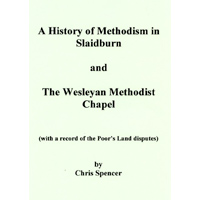
This history is a record of Wesleyan Methodism in Slaidburn over roughly two centuries. It chronicles the efforts that people made over the years to the community, improving its lot through hard work and determination. This was a village with a very close-knit, caring and sharing population.
The book also incudes a record of the Poor's Land disputes.
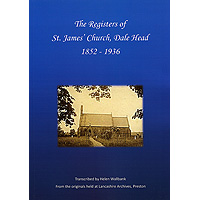
St. James' Church was built and consecrated in 1852. Initially only baptisms and burials could take place but in 1871 Dale Head became a parish in its own right and marriages were also performed. The construction of Stocks Reservoir required the transfer of interments to a nearby site in 1927, the closure of the church in 1936 and the construction on the new burial site of a new church, consecrated in 1938. This booklet is a transcription of the baptisms, banns of marriages, marriages and burials over the period 1852 to 1936.
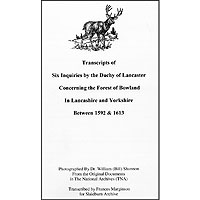
Sorry...but this booklet is now temporarily sold out. There are copies in the Archive for consultation.
Transcripts of Six Inquiries by the Duchy of Lancaster Concerning the Forest of Bowland in Lancashire and Yorkshire Between 1592 & 1613 by Frances Marginson, from the manuscripts in the National Archives photographed by Dr Bill Shannon. £8 plus £2.50 p&p.Reports of statements by local commoners to provide evidence to the Duchy court investigating the killing of deer, forest and park boundaries, removal of timber to maintain properties etc. These are remarkable insights into the names, ages and lives of ordinary people in and near the forest.
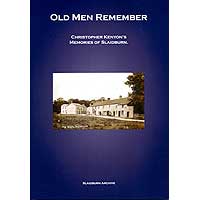
Christopher Kenyon spent his childhood in Slaidburn. His memories, recorded in his retirement, reveal life in the village between the Wars. This booklet presents his fond recollections of some of the village characters.
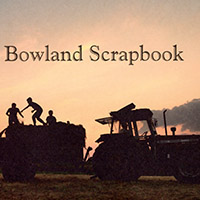
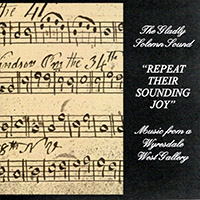
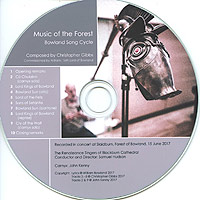
The Music of the Forest, is a four-part song cycle and was commissioned by William, 16th Lord of Bowland in 2015. The work, by acclaimed Lakeland composer Christopher Gibbs, had its world premiere in Slaidburn on 15 June 2017. It was performed by the Renaissance Singers of Blackburn Cathedral under the baton of Samuel Hudson with guest instrumentalist John Kenny on the Deskford carnyx.
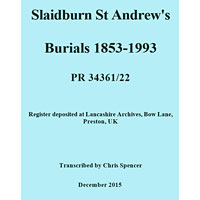
This is a transcription of St Andrew's burial register of 1853 to 1993 held at Lancashire Archives, Preston (Ref. PR 3436 1/22). The register records the date of burial, the name of the deceased, abode, age at death, and by whom the burial ceremony was performed. Two indexes are provided: the deceased's surname, and the town/village of abode. Proceeds from the sale will be shared between the Archive and St Andrew's.

On Back Lane (the old road) between Slaidburn and Newton is Ellerbeck, the former location of a camp built to accommodate the workmen building the Haweswater Aqueduct between the Lakes and Manchester. The camp was built in 1948-9 and the 700 men at Ellerbeck worked on a 10 mile tunnel section across Bowland. This new book outlines the history of the camp, the living conditions for the men and their families, and the impact on Slaidburn.
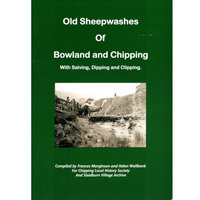
Salving and sheepwashing are farming practices long discontinued, but the remains of many sheepwashes are evident in the Bowland and Chipping areas. Sheepfolds and evidence of pooled areas formed by damming the streams are characteristic features of the old sheepwashes. We are fortunate that there are many photographs of the washes being used by teams of local farmers, and many of these are reproduced in the book. The results of a survey of surviving sheepwashes are presented, and the practices of salving and dipping described.

A comprehensive and authoritative survey of various types of historical lime-kilns in the Hodder and Loud valleys, enhanced by a description of the technical approaches to lime-burning, the labour involved in its processes, and the important impact on agricultural development.
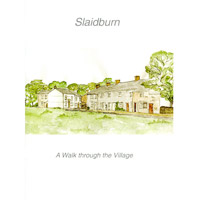
A beautifully illustrated booklet outlining a walk through this historic village, with information on the landscape, Saint Andrew's church and the many historical, important buildings on the mapped route.
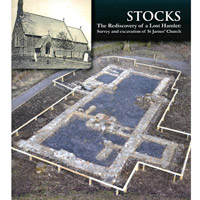
Sorry...but this booklet is now sold out. There are copies in the Archive for consultation.
Stocks. The Rediscovery of a Lost Hamlet: Survey and Excavation of St James' Church by Oxford Archaeology North et al. £3 plus £1 p&p.
Stocks in Bowland was a small hamlet largely drowned by the construction of Stocks Reservoir in 1932 by the Fylde Water Board. St James' church was above the floodline but was nevertheless demolished to ensure water quality. The church was rebuilt nearby, and the graves moved. This booklet describes the results of the excavation and survey of the old church by professional archaeologists and members of the local community.
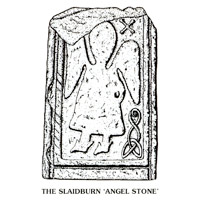
This example of early Christian art was found in the village and dates from the Viking period, c. 900. The boots on the Angel are unusual having tongues front and back.